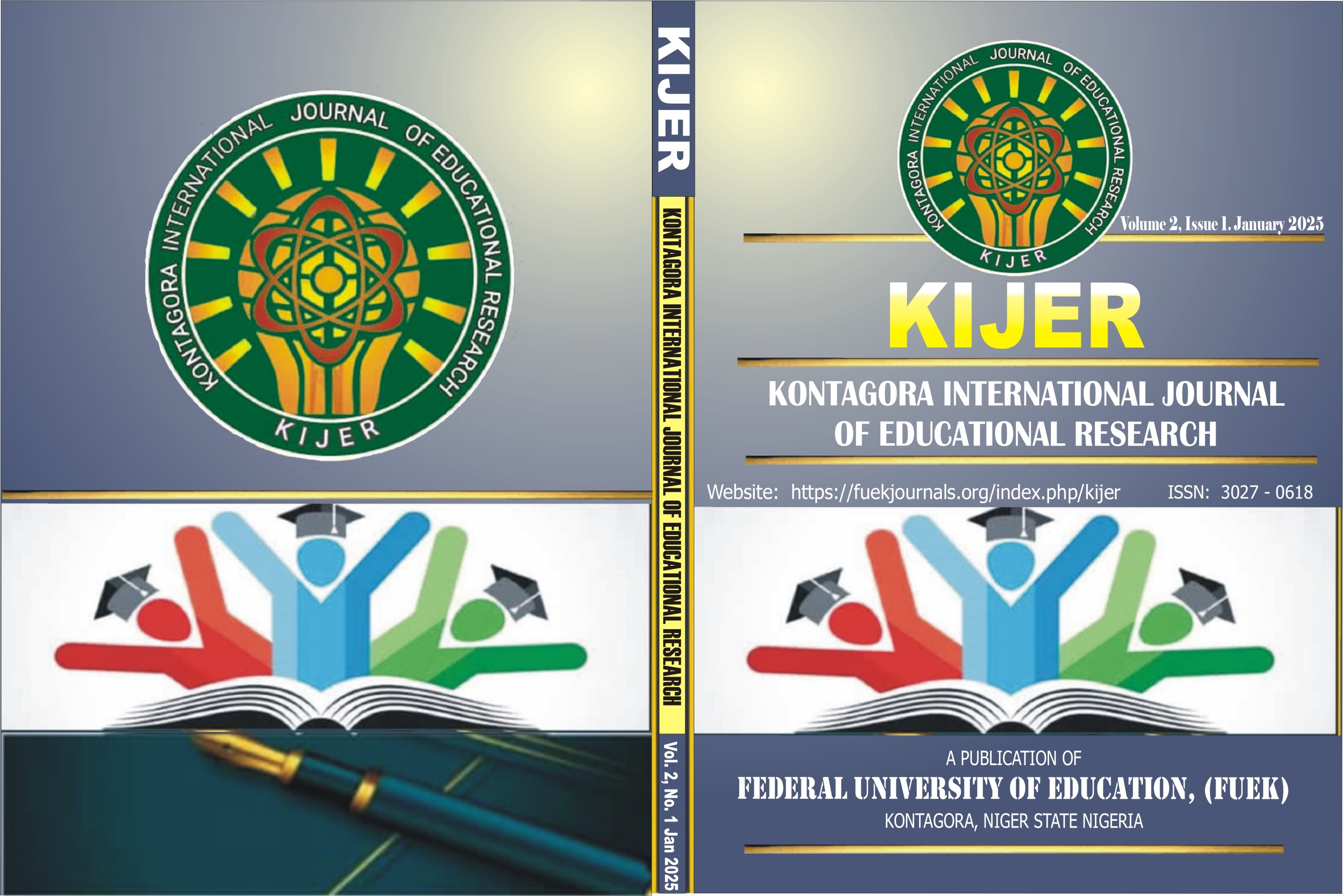The Deductive Approach to Teaching English Future Perfect Tense, Future Continuous Tense and Future Perfect Continuous
DOI:
https://doi.org/10.5281/zenodo.14791893Abstract
This paper discussed teaching English Future Perfect Tense, Future Continuous Tense, and Future Perfect Continuous Tense using the deductive approach. It was obvious after a pre-test that the
students did well at all other tenses except the Future Tenses. This prompted the teachers of General Studies (GST101) – Use of English, to enquire into the cause. To guide the study, the researchers asked, “To what extent could the use of deductive approach of teaching grammar improve 100 level undergraduate students’ transposition of Simple Future Tense to Future Perfect Tense, Future Continuous Tense, and Future Perfect Continuous Tense?” The one-group pre-test post-test design was used in this study. Four hundred and seventy-seven students were pre-tested during a General Use of English lecture using the English Tense Transposition Achievement Test (ETTAT). The study revealed that the students did not know how to use the modals “will” and “would” in tense
transposition. After teaching Future Tenses using the deductive method, the post-test results revealed a significant improvement on the students’ ability to transpose the Future Tense correctly. It was concluded that although transposing the Future Tense may pose a challenge to learners of English as a Second Language, teachers of the course should invest adequate time to teach it using the deductive approach. The paper recommends, among others, that teachers should incorporate activities that encourage active participation, and they should utilize visual aids such as charts, timelines, and flashcards to illustrate the structure and usage of future tenses.


